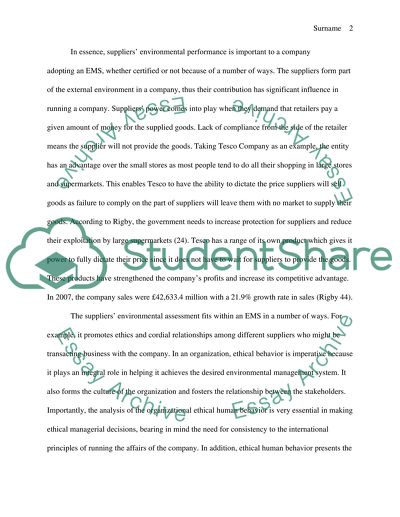Cite this document
(“ENVIRONMENTAL AUDITING AND MANAGEMENT SYSTEMS Essay”, n.d.)
Retrieved from https://studentshare.org/environmental-studies/1403005-environmental-auditing-and-management-systems
Retrieved from https://studentshare.org/environmental-studies/1403005-environmental-auditing-and-management-systems
(ENVIRONMENTAL AUDITING AND MANAGEMENT SYSTEMS Essay)
https://studentshare.org/environmental-studies/1403005-environmental-auditing-and-management-systems.
https://studentshare.org/environmental-studies/1403005-environmental-auditing-and-management-systems.
“ENVIRONMENTAL AUDITING AND MANAGEMENT SYSTEMS Essay”, n.d. https://studentshare.org/environmental-studies/1403005-environmental-auditing-and-management-systems.


